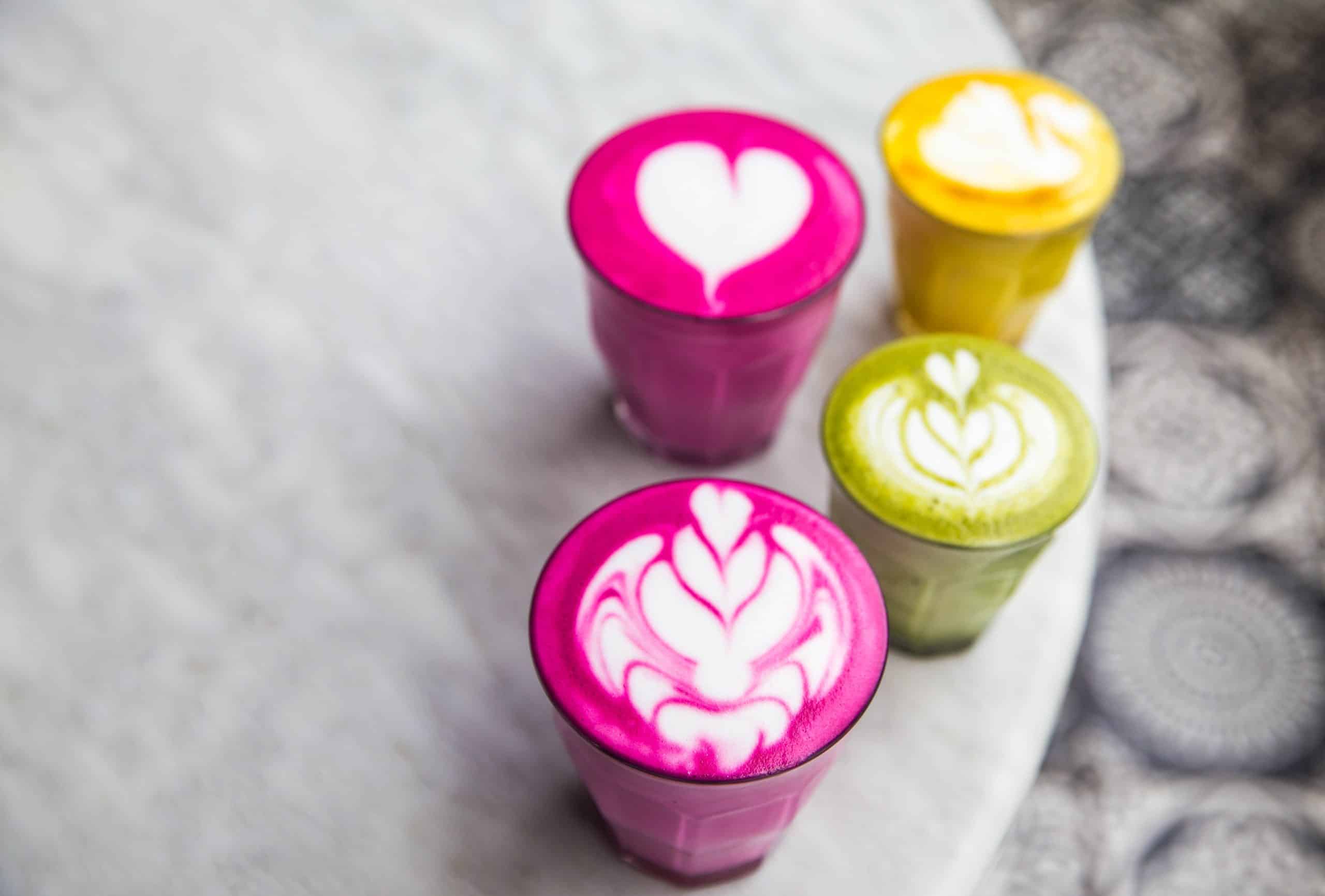How Does Consuming a Rainbow of Fruits and Vegetables Affect Antioxidant Intake?

In everyday life, a simple yet powerful advice rings out: "Eat your fruits and vegetables." A familiar echo to many, this phrase has been a cornerstone of nutritional guidance for decades. However, the emphasis is not simply on consumption but also on the variety. As the saying goes, "Eat a rainbow of fruits and vegetables."
The diversity of colors found in these foods is a visual representation of the wide range of nutrients they provide. Each hue holds different antioxidants, which are chemicals that help your body combat diseases. In this article, we delve into the effects of consuming a wide variety of fruits and vegetables on your dietary health.
Also read : What Are the Health Benefits of Participating in Cooperative Community Energy Projects?
Understanding the Role of Antioxidants
Antioxidants play a vital role in maintaining our health and wellbeing. Scholars have long linked a rich intake of antioxidant-rich foods with a reduced risk of chronic diseases, such as cancer. But what exactly are antioxidants, and what is their role in our body?
Antioxidants are compounds that our bodies need to combat harmful substances called free radicals. These free radicals, when in excess, can cause oxidative stress, which can lead to cell damage and contribute to various diseases. Antioxidants help to neutralize these harmful substances, thereby protecting our cells.
Also to discover : Can the Regular Practice of Progressive Muscle Relaxation Alleviate Chronic Headache Pain?
One of the richest sources of these protective compounds is fruits and vegetables. A diet laden with these foods ensures a steady intake of various types of antioxidants, contributing significantly to your health.
The Color Guide to Nutrient-Rich Fruits and Vegetables
"Different colors, different benefits," as nutrition experts would put it. The color of your fruits and vegetables can indicate the type of antioxidants they contain. By consuming a variety of colors, you can ensure a balanced intake of different antioxidants.
Red Fruits and Vegetables
Red fruits and vegetables are often high in antioxidants like lycopene and anthocyanins. Lycopene is a powerful antioxidant associated with reduced risk of certain types of cancer, particularly prostate cancer. You can find it in foods like tomatoes, watermelons, and pink grapefruits.
On the other hand, anthocyanins, found in strawberries, cherries, and red grapes, can help decrease the risk of heart disease and improve memory function. A simple Google search will reveal countless scholarly articles highlighting the benefits of these red-hued foods.
Green Vegetables and Fruits
Green vegetables are a powerhouse of nutrients. They are often rich in antioxidants like lutein and zeaxanthin, which are known to promote eye health. Foods like spinach, kale, and broccoli are excellent sources of these antioxidants.
Green fruits, such as kiwi and green apples, also offer a host of benefits. They contain a variety of antioxidants, including chlorophyll, which helps detoxify the body, and vitamin C, which boosts the immune system.
Impact of Dietary Intake on Health Outcomes
The consistent intake of a variety of fruits and vegetables has substantial effects on health outcomes. Studies suggest that a diet high in these foods can decrease the risk of chronic diseases such as heart disease, cancer, and diabetes.
A diet rich in a variety of fruits and vegetables ensures a broad spectrum of nutrients, including antioxidants. These compounds have been linked to a reduced risk of various health conditions. For instance, a study published in the Journal of Nutrition found that a high intake of antioxidant-rich foods was associated with a lower risk of heart disease.
Leveraging the Rainbow Diet
A ‘rainbow diet’ simply means incorporating a variety of colorful fruits and vegetables into your daily meals. Doing so not only makes your plate visually appealing but more importantly, it significantly boosts the range of nutrients you absorb.
Choosing a diverse range of colors ensures a balanced intake of different types of antioxidants, each with its unique health benefits. Furthermore, incorporating these colorful foods into your diet is a practical and enjoyable way to improve your overall health.
Remember, consuming a wide variety of fruits and vegetables is not just about filling your plate with color. It’s about loading up on a broad array of nutrients that provide a multitude of health benefits. So next time you’re at the grocery store, try to fill your cart with a rainbow of fruits and vegetables. Your body will thank you.
Breaking Down the Rainbow: Orange, Yellow, Blue, and Purple Fruits and Vegetables
Stepping further into the colorful world of fruits and vegetables, we find the bright hues of orange and yellow, as well as the deep richness of blue and purple. Each group of colors holds a unique set of antioxidants that contribute to our health in various ways.
Orange and Yellow Produce
Orange and yellow fruits and vegetables are packed with antioxidants like beta-carotene and beta-cryptoxanthin, that our body converts into vitamin A. This vitamin plays a crucial role in supporting our immune system, promoting good vision, and ensuring the normal function of our vital organs.
Carrots, sweet potatoes, pumpkins, and mangoes are just a few examples of orange and yellow fruits and vegetables that are rich in these antioxidants. Moreover, these foods are also high in vitamins C and E, promoting heart health and serving as anti-inflammatory agents.
Blue and Purple Foods
Blue and purple fruits and vegetables owe their vibrant color to a type of antioxidant called anthocyanins. Research on Google Scholar indicates that anthocyanins may help lower blood pressure, decrease the risk of heart disease, enhance memory, and have anti-cancer properties.
Blueberries, blackberries, plums, purple grapes, and eggplants are excellent sources of these potent antioxidants. Some of these fruits and vegetables are also rich in other nutrients, such as fiber and vitamin C, thus adding to the overall health benefits of a plant-based diet.
Conclusion: Embrace the Power of the Rainbow in Your Diet
In conclusion, a diverse diet filled with a rainbow of fruits and vegetables can do wonders for our health. Not only does it provide a feast for the senses with its vibrant colors and variety of flavors, but it also ensures a plentiful intake of powerful antioxidants and essential nutrients.
Each color of the rainbow, from red to purple, represents a unique set of antioxidants. Consuming a variety of these colorful fruits vegetables allows our bodies to benefit from different antioxidants, each with their unique health benefits. This, in turn, can lower our risk of chronic diseases and boost our overall health.
Remember, the key to reaping the benefits of a colorful diet is variety. It’s not about choosing one color over another, but about including as many different colors in your daily meals as possible. Eating a diverse range of colorful fruits and vegetables ensures a balanced dietary intake of a multitude of essential nutrients.
So, next time you are at the grocery store, challenge yourself to eat the rainbow. Your dietary intake will significantly improve, and you will be stepping towards a healthier lifestyle. As the saying goes, "A rainbow a day keeps the doctor away!" Always remember to consult with a healthcare professional before making any drastic changes to your diet.
